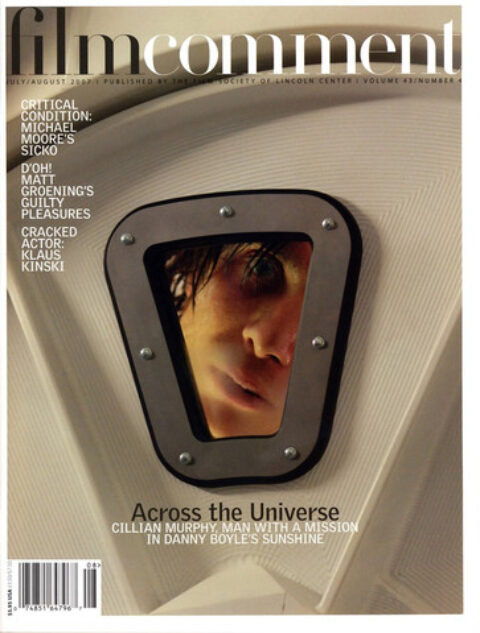
Lonely are the Brave is something rare, and almost unique: a leftist American western. It’s based on a novel by Edward Abbey, celebrator of the desert and promoter of “eco-terrorism” in the never-filmed 1975 novel The Monkey Wrench Gang. It was written by Dalton Trumbo, a witch-hunted screenwriter who clearly loved and understood the genre, and directed by David Miller, whose career seems otherwise undistinguished, with the exception of Executive Action, another leftist feature written by Yordan. Executive Action is an interesting, serious picture, but it’s stilted in comparison with Lonely are the Brave.
Its hero, flawlessly portrayed by Kirk Douglas, is John W. Burns, a cowboy anarchist who carries no ID, respects no authority, and pays attention only to his friends and his horse. Breaking into jail to see a friend, he attracts the attention of dogged cops, a vindictive sheriff, a one-armed Okinawa veteran, and a hot-shot military helicopter pilot, all of whom instinctively want to take him down.
They don’t. Always polite, always fair, always a “fuck you” to those above him, the brave cowboy eludes his pursuers and almost makes it to Mexico and freedom. What happens to him and to Whiskey, his magnificent, proud horse, is as tragic, as it is stupid, as it is inevitable.
The cast is surprising—and perfect. Gena Rowlands plays the woman who loves the cowboy, Walter Matthau the bored sheriff who methodically tracks him, George Kennedy the prison guard who fails to break him, and Carroll O’Connor the deus ex machina who succeeds.
Lonely are the Brave was released in 1962, yet it still seems totally modern—probably because it deals with so many issues that matter now: individual freedom versus authoritarian clampdowns, the criminalization of sanctuary for “illegal aliens,” ID cards, military helicopters in border manhunts, and an increasingly militarized and regimented America.
Abbey loved the desert, and hated unnecessary machines. Miller communicates this, contrasting magnificent, monochrome, cinemascope images of landscape and wildlife with the screeching, rattling grinding of trucks, cars, and crashing helicopters. The cinematographer was Philip Lathrop; the score, mostly excellent, was Jerry Goldsmith’s first.
Lonely are the Brave is a pessimistic tale of the triumph of “stuff” over all that is best in the bond of humans, animals, and the land. It is both a classic western, and a great film.








